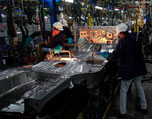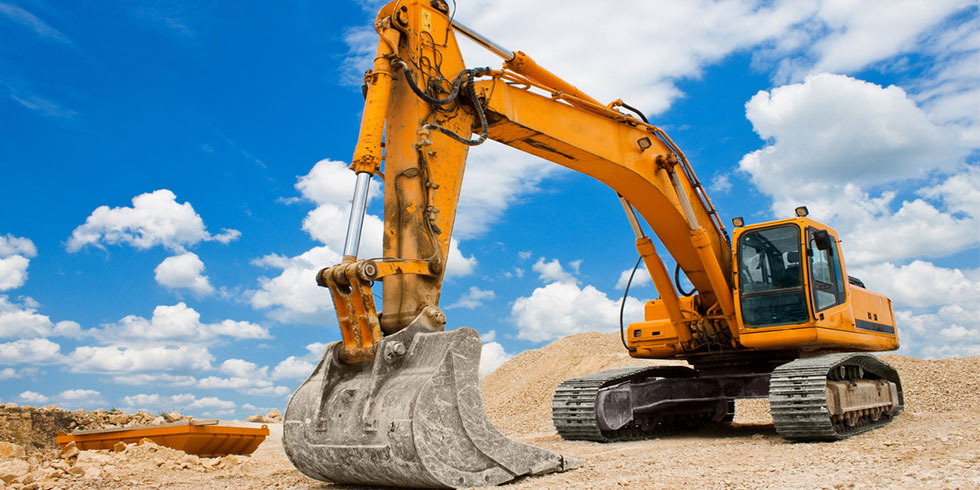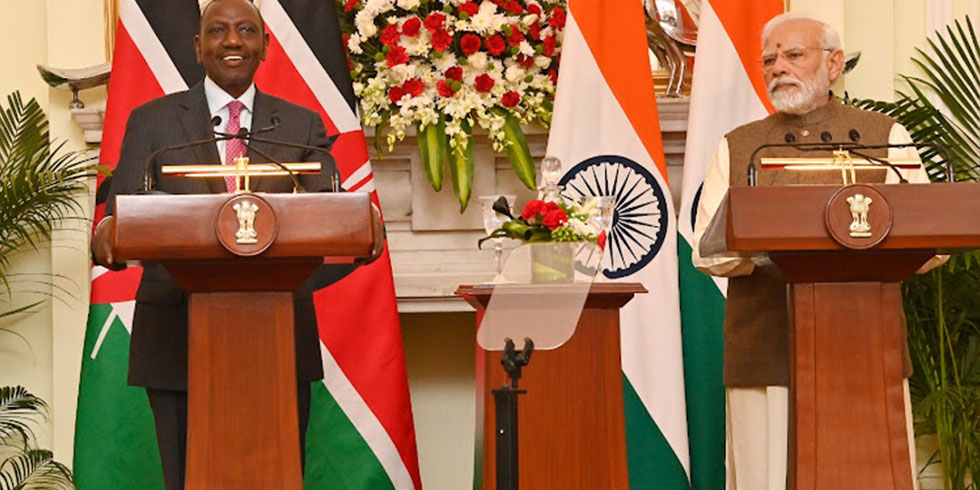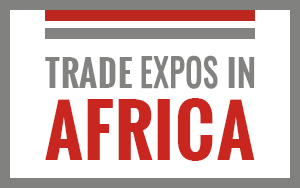Play-Doh, Monopoly and practically all of Hasbro’s other toys were made in China for decades. Now Hasbro is changing course.
While the company still sources expensive, complex toys like the electronic FurReal Friends from China, Hasbro has contracts for production in Turkey, Indonesia, Vietnam and Mexico. It has moved most aggressively into India, where Hasbro buys from several sizable factories, and another is planned.
Multinationals around the globe have begun to look seriously at manufacturing in India, with its plentiful and inexpensive labor pool. But the investment doesn’t mean doing business in India is getting easier. Rather, it is a sign that doing business in China is getting more difficult.
The Hong Kong-based Musical Group decided to build the latest Hasbro factory in India after facing severe labor shortages and soaring wages at its main factory in southern China. But Musical, like many companies, is running headlong into India’s bureaucratic morass over land purchases, and the project is months behind schedule.
“We’ve had a very tough negotiation with the local government,” said Christopher Tse, the managing director of the Musical Group, which for nearly 35 years did almost all its manufacturing in China. “It takes more time than I expected.”
For Prime Minister Narendra Modi of India, the situation presents a political and economic challenge.
More than a year ago, Mr. Modi, wearing a traditional bright yellow jacket and standing below an immense logo of a lion, unveiled an ambitious effort to ramp up manufacturing. The “Make in India” campaign promised to reduce bureaucracy and improve infrastructure, paving the way for big multinationals and other foreign investors. It was a cornerstone of his candidacy.
Since then, almost nothing has gone as planned.
Progress in improving the country’s inadequate roads, rail lines and ports has been slow. Corruption remains pernicious. Urban air pollution is even worse in India than in China, and could deteriorate further as more factories are built.
Plans to rewrite labor and land laws, and to overhaul state taxes, have stalled in Parliament. And an effort by Mr. Modi to bypass Parliament with temporary executive orders has run into trouble as well.
Mr. Modi’s most controversial but potentially far-reaching executive order — making it easier to convert farmland into factory sites — expired on Aug. 31. He chose not to renew it. The ordinance had became a political liability in state elections, as farmers feared that it might be used to push them off their land.
“Ease of doing business is still a work in progress,” said India’s finance minister, Arun Jaitley, adding that state governments were starting to reform land and labor laws.
Yet slowly and a little unpredictably, India’s manufacturing sector is starting to attract overseas investment.
Foxconn, the world’s largest contract manufacturer of smartphones and other electronics, which has most of its factories in China, agreed in August to open 10 to 12 plants in western India by 2020, employing as many as 50,000 workers. A week earlier, General Motors announced plans to invest $1 billion to develop new car models for the Indian market and nearly double the size of its seven-year-old factory on the outskirts of Pune.
CNH Industrial of Italy is building an agricultural harvester factory nearby. Ford opened a sprawling car assembly plant in northwestern India this year, and Daimler has added an extensive assembly line for buses to its truck factory in southeastern India.
“If you’re able to manufacture a world-class product in India, the economics of exporting are quite lucrative,” said Rustom Desai, the managing director of Corning’s India operations, which include a highly automated optic fiber factory here.
Indian officials see manufacturing as essential to their country’s future. They have 10 million young workers a year joining the labor force and few alternatives to create enough jobs.
Devendra Fadnavis, an ally of Mr. Modi who is the chief minister of Maharashtra state, which includes Mumbai and Pune, has been aggressively marketing his state’s huge labor force in trips to China and elsewhere. “We have the human resources — if we can liberate them, we can pioneer the industrial production for the entire world,” Mr. Fadnavis said.
The pitch has worked. Foreign direct investment in India is up 46 percent over the last two years. It is down 1.3 percent in China, although it shows signs of a modest rebound lately.
The recent flood of foreign investment is helping propel India, which is expected to be the fastest-growing major economy in the world this year. The International Monetary Fund estimated this month that India’s economy would increase 7.3 percent in 2015, compared with 6.8 percent this year in China.
In many ways, India is benefiting from the challenges facing China.
Blue-collar wages in China have more than quintupled in the last decade, and companies face worker shortages despite economic weakness. “If you want to hire 1,000 workers, you only find 600, and the turnover will be 15 or 20 percent a month,” said Mr. Tse of Musical Group, the Hasbro supplier.
Some multinationals also worry that China is becoming a politically riskier place to do business. Such concerns have been heightened by the country’s growing show of force, like the sight of thousands of goose-stepping soldiers parading through Tiananmen Square on Sept. 3, or the rapid construction of military-grade airfields this year on hastily built artificial islands in the disputed South China Sea.
By comparison, India offers a stable democracy and low wages. Even skilled factory workers here in Pune, sometimes called the Detroit of India, earn about $300 a month, half of Chinese wages.
Maintaining its edge won’t be easy for India.
For one, India needs to significantly upgrade its roads, ports and other infrastructure. Musical Group initially considered building a factory about 200 kilometers, or 120 miles outside Kolkata, formerly Calcutta. India’s poor roads meant the trip would take four hours.
“In China, 200 kilometers is two hours,” said Mr. Tse. He ultimately decided to seek costlier land a few miles from the port, only to encounter slow-moving local officials.
India is also trying to expand manufacturing just as global trade stalls. A big export push by India could prompt a backlash in other countries, said Raghuram Rajan, the governor of the Reserve Bank of India and former chief economic adviser to the Indian government.
“To expect another China to come in without any political reaction would be naïve,” he said in an interview in Mumbai. “We’re going to have a much tougher fight for market share.”
While many multinationals are enthralled by the potential of the Indian consumer, it may be difficult for the domestic market to absorb a lot of extra production.
At least four Chinese smartphone manufacturers — Huawei, OnePlus, Coolpad and Oppo — have said they plan to produce handsets in India, while Xiaomi is cooperating with Foxconn to assemble phones in India and Lenovo plans to work with Flextronics. As China’s market approaches saturation, millions of Indians each year are buying smartphones for the first time.
But higher-end manufacturers like carmakers are still struggling to break into a market that has yet to create a broad middle class.
India’s population has nearly passed China’s. But automakers sell nearly two million cars a month in China, compared with 200,000 a month in India. The best-selling cars in India tend to be very inexpensive subcompacts manufactured by local companies like Maruti, not the larger but costlier models sold by the multinationals.
Even among the affluent, “someone who can afford an Acura will probably buy a Civic,” said Paul Blokland, the director of Segment Y, an automotive research firm based in Goa, India.
Millions of Indians are on the cusp of affording cars, although most cannot yet. Vishal Rode, a 31-year-old autoworker here who has a 3-year-old daughter and a newborn son, earns $80 a week. He had to take out a three-year loan just to buy a $780 motorcycle, but is convinced that better times will come.
“I want to buy a car in the future,” he said. “In the last 10 years, a lot of things have changed.”
India's Manufacturing Sector Courts the World, but Pitfalls Remain








Add Comment